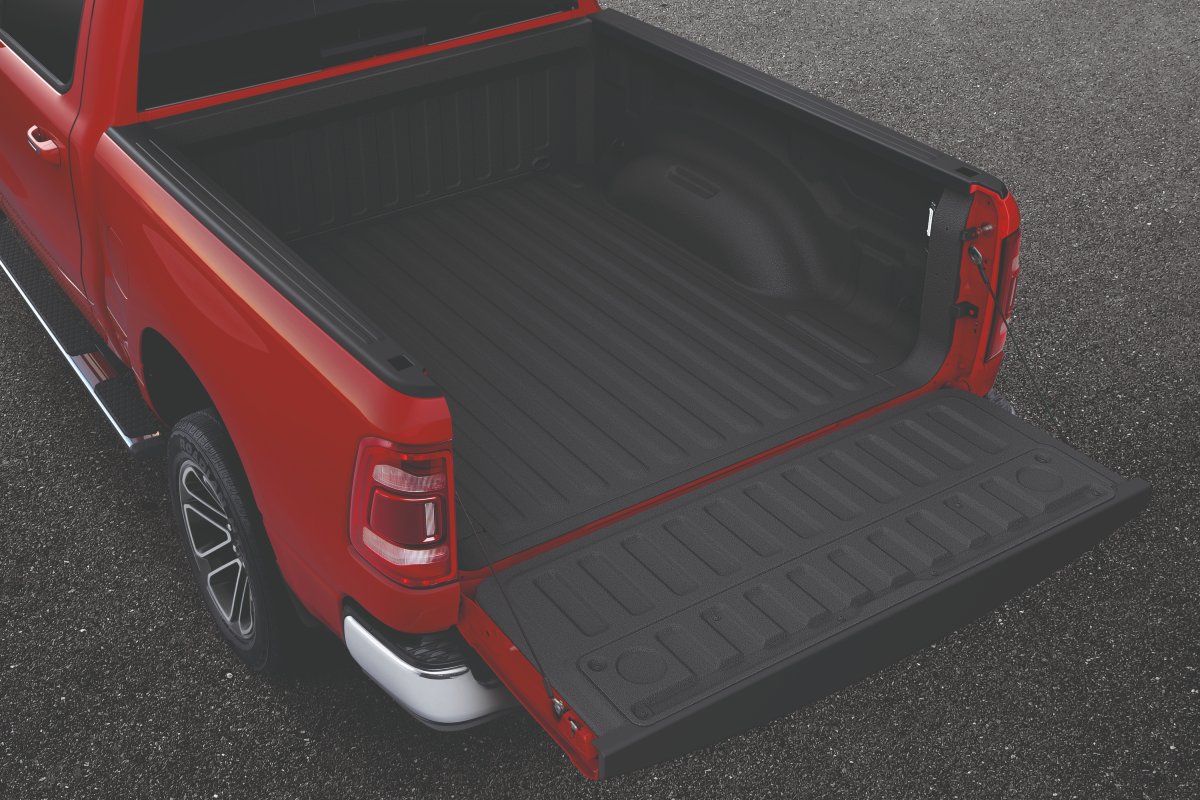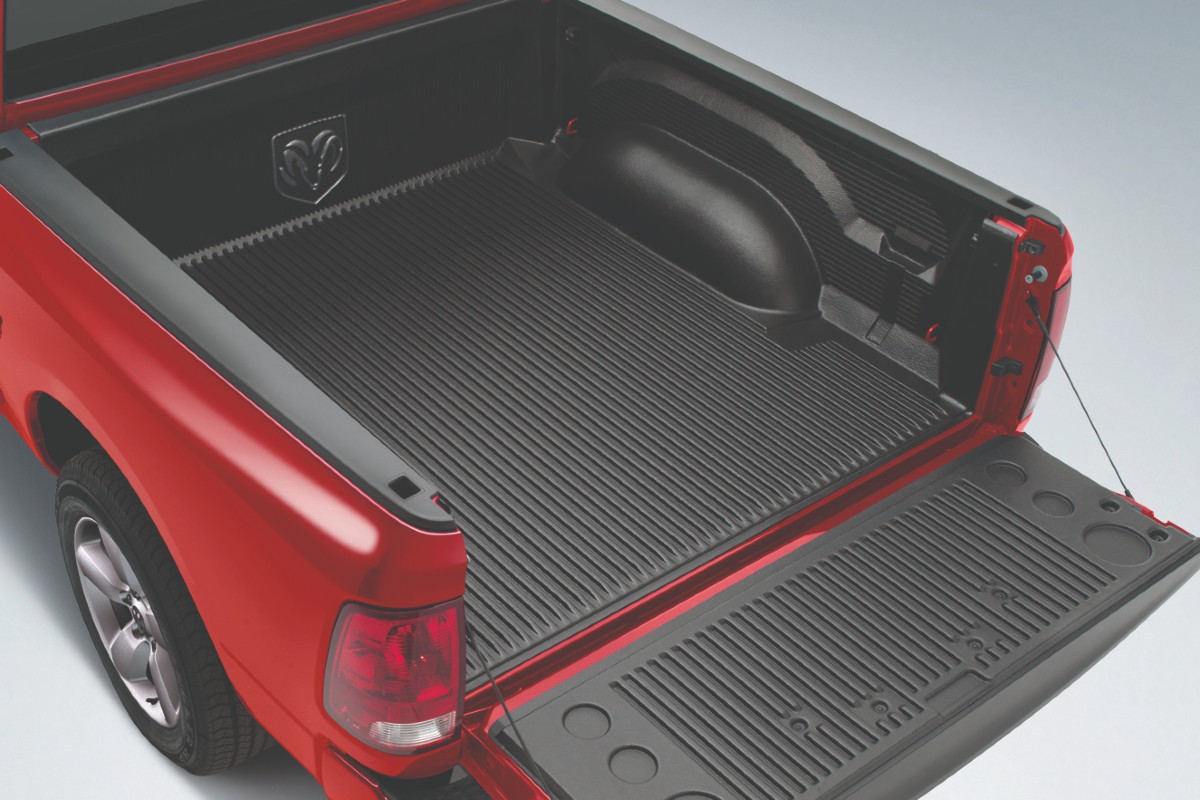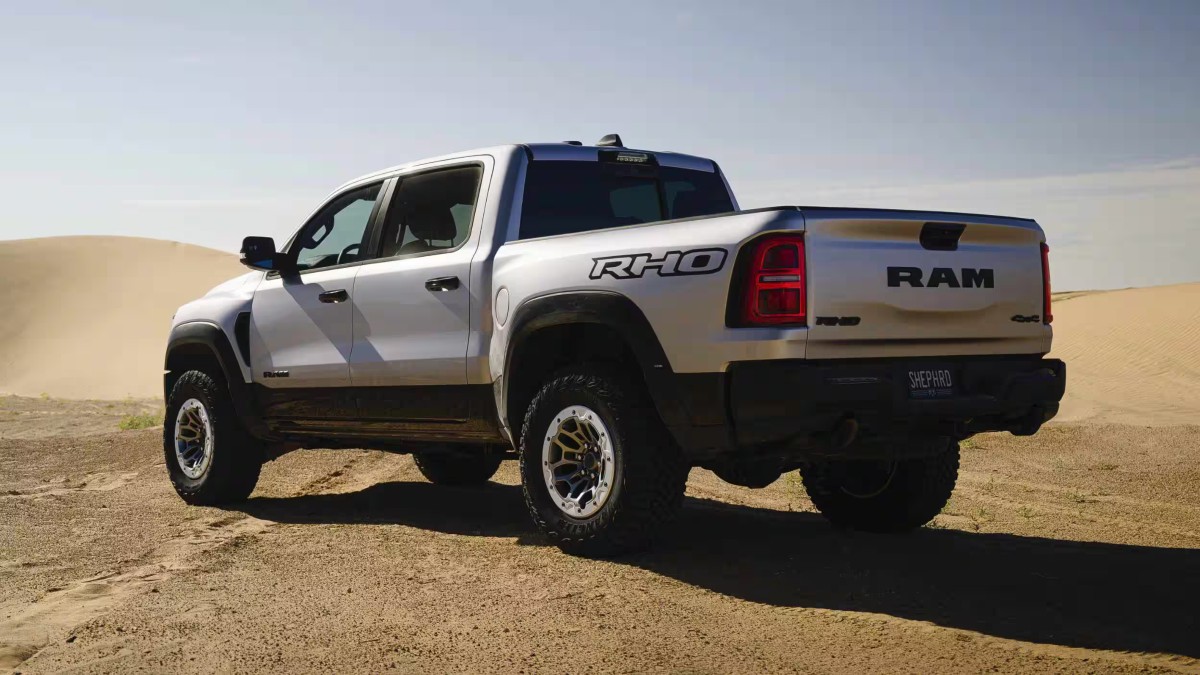If you plan to use your truck bed the way it was designed to be used, there’s a very good chance you’re going to be filling it with stuff that can cause it harm on a regular basis. You need to protect your truck bed, and the best way to do that is by upgrading it with a bedliner if you haven’t already. Whether you’re hauling tools, lumber, camping gear, weekend toys or whatever else, a bedliner will shield your truck from scratches, dents, rust and regular wear & tear.
There are three main types of bedliners to choose from, including spray-in bedliners, drop-in bedliners and bed mats. While bed mats can do the trick if you’re on a budget, today we’re going to discuss the two superior options. Keep reading for a rundown on the pros and cons of both options, and then you should be armed with the right information to determine which would be the right option for your situation.

Spray-In Bedliners
Let’s start with the more popular option that you’re likely already familiar with: spray-in bedliners. Many premium pickup trucks will offer this as an available option, or perhaps include it on top-of-the-line trim levels. This bedliner is a professionally applied coating – typically made of polyurethane or polyurea – bonded directly to the bed of your truck. It’s sprayed on like paint and creates a textured, durable surface that perfectly conforms to each and every contour.
- Pros
- Custom Fit. Thanks to being sprayed directly into the bed, it forms a seamless layer that has no gaps or movement whatsoever.
- Durability. Resistant to scratches, dents and corrosion, your spray-in bedliner is tough enough for any heavy-duty use.
- Noise Reduction. As an added bonus, the coating dampens the sound of vibrations and road noise, leading to a quieter ride.
- Cons
- Cost. Unfortunately, a spray-in bedliner isn’t going to be the most inexpensive option. The price will vary from truck to truck, brand to brand and installer to installer, but you’re looking at anywhere from $350 to $700 on average.
- Permanent. There’s no changing your mind after install, as a spray-in bedliner cannot be easily removed.
- Installation Time. It’s going to require professional preparation and curing, which means it will likely take at least a day to install. You’ll be without your truck for a short period of time.
If you’re comfortable with a sizable addition to your investment in order to protect it in the long term, then a spray-in liner may be for you. If your truck bed is going to be utilized for work, off-roading or hauling heavy gear, it’s the ideal option.

Drop-In Bedliners
The other option we’re highlighting today is a little less talked about but still a good option for certain situations. As their name suggests, they’re molded plastic or rubber inserts that can fit right into the truck bed like a tray — or, drop in.
- Pros
- Affordability. While they’re not exactly cheap, drop-in liners are much more budget-friendly than their counterparts, with prices ranging from $150 to $400.
- Easy Installation. Not only can you install a drop-in liner on your own, but it should only take a few minutes as well! Plus, they can be removed just as easily.
- Conceals Damage. If your truck bed was already damaged before you made the decision to line it, this is a great option as it can cover up existing scratches and wear without having to be properly repaired first.
- Cons
- Fitment Issues. While your bedliner might have been designed for your truck, it’s never going to be as perfect a fit as a spray-in. It could leave gaps that trap moisture, leading to rust in the long term.
- Limited Coverage. Furthermore, a lot of drop-in bedliners are only designed to protect the floor, which leaves your inner walls still exposed.
- Corrosion Potential. Any time your vehicle is exposed to water, such as rain or a car wash, there’s a chance that water could get trapped beneath the liner and accelerate rusting.
If you’re looking for a quick, cost-effective solution that’s still more protective than a simple mat, this is the right choice for you. If you’re just looking for temporary protection, such as something to throw in when you do happen to need it filled with damaging items, it’s the perfect option.
Hopefully, you have a better understanding of these two options and can decide which one is the right choice for your truck. If you need further advice or help coming to a decision, feel free to give us a call here at the sales desk, we’d be happy to help further.


